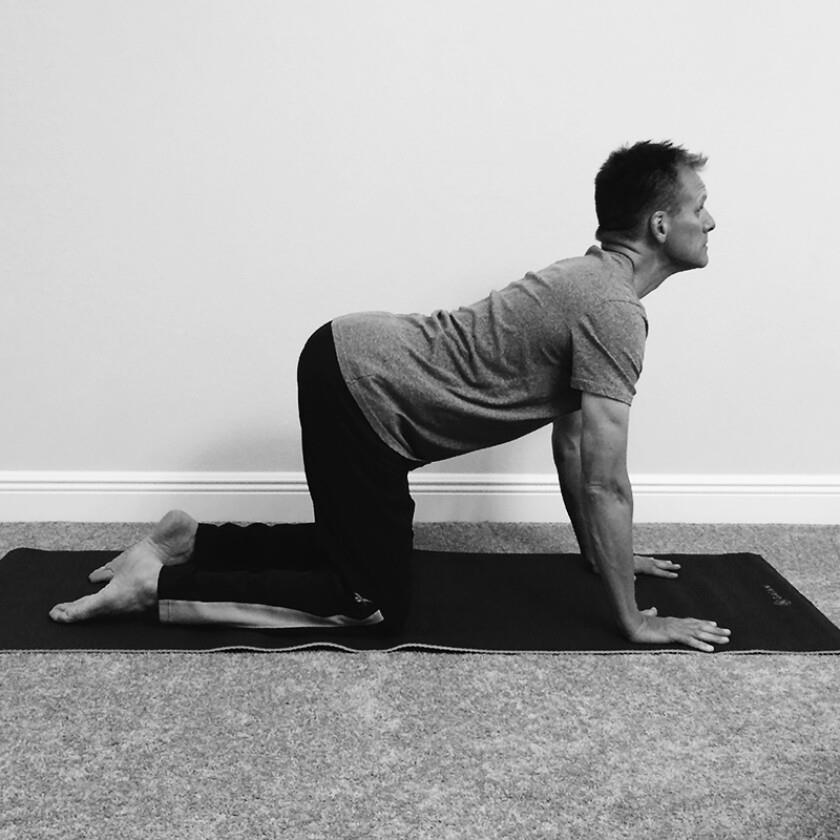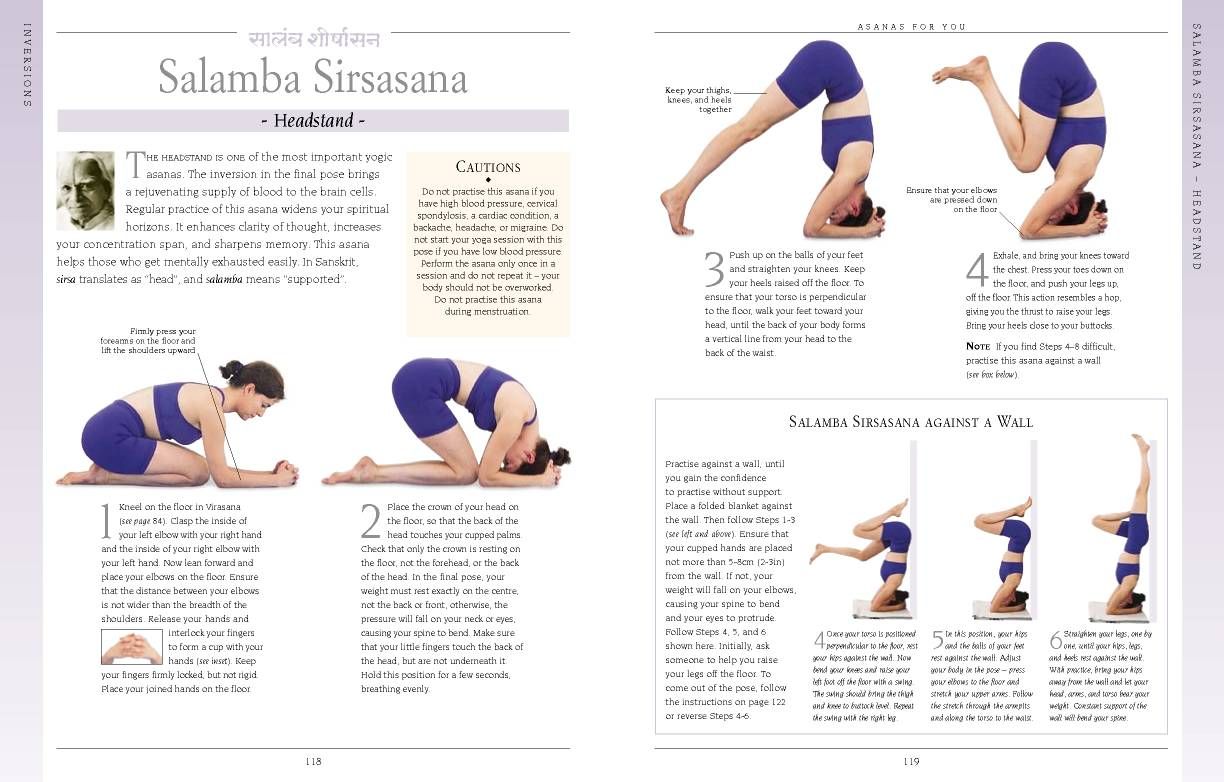
There are many studies that show yoga is beneficial to RA patients. It has been proven to decrease inflammation and pain as well as improve posture. What can yoga do for RA patients? This article will briefly explain the benefits of yoga to RA patients. You can read more about yoga for RA. Also, discover how it can help RA patients live a more active lifestyle. And what is yoga and RA exactly?
Yoga is a great way to relieve RA pain
Although research on yoga's effects on RA pain is still in the early stages of development, there are already promising results. Bartlett University in 2015 found that eight weeks of regular yoga practice could significantly decrease RA pain. Afterwards, they reported improved physical and mental health. Additionally, participants experienced fewer negative side effects than before. Researchers found that regular yoga can reduce the body's expression of inflammatory chemicals.
Yoga for RA pain can be beneficial in that it can reduce joint tenderness and swelling. The exercises can be adapted to address specific joint problems. In addition, the poses can also help increase overall body flexibility. RA patients should exercise for at least 150 minutes each week. You can also break it down into shorter durations if needed. It does not matter how long you exercise. Even a little bit of it can make a big difference to the quality of your arthritis life.

It lowers inflammation
According to a study published in Restorative Neurology and Neuroscience, yoga has been shown to reduce inflammation. This study found that women who had been practicing yoga for 12 weeks saw a significant decrease in inflammation markers, such as C-reactive protein, tumor necrosis factor alpha (TNF)-alpha, and interleukin-6. All of these markers can play a role as mediators of inflammation, such as rheumatoid arthritis. This study also found that women who were new to yoga had higher levels of these markers in their blood, as did those who had never practiced yoga.
One study from India showed that yoga improved physical function and disease activity in patients with RA. These results showed that there was a decrease in C-reactive proteins and rheumatoid factors, which are markers of inflammation. Participants had a greater grip strength, which is an indicator of disease activity. Even though the study was quite small, it does show that yoga can reduce inflammation. However, these findings do not match other studies.
It improves posture
If you want to avoid back pain, you should know that yoga poses improve your posture. Correct posture will prevent back pain and improve flexibility. It will also increase your energy flow. Good posture is important for back and stress management. A poor posture can cause a number of health conditions such as hyperkyphosis and dowager’s Hump.
As you can imagine, posture plays a major role in the overall health of your body. A healthy spine supports a strong nervous system, clear energy pathways and allows your body to function at its best. Besides improving posture, people with good posture have better energy levels and feel happier. They may also feel less stressed. Here are some tips for improving your posture with yoga. Get started with yoga if you are looking to improve your posture.

It improves breathing
A key benefit of yoga ra is improved breathing. It stimulates the lymphatic system, which helps flush toxins from the body. It has been proven that this practice can lower stress and anxiety levels, and increase well-being. This breathing style has many benefits including improving your immune system, lowering blood pressure and reducing pain. These are some of the benefits that yoga ra offers:
Yoga practice should connect breath with movement. Some poses require that students move in one direction during their inhale, and in the opposite direction during their exhale. Some instructors will instruct students how long they should hold a pose. These breathing exercises will allow you to relax and invigorate your body. Yoga ra should be practiced with an instructor who is familiar with breathing techniques.
FAQ
What foods should I avoid when trying lose weight?
Avoid trans fats. Trans fats raise LDL (the bad) cholesterol levels and reduce HDL (the good) cholesterol levels.
Trans fats are commonly found in fast food, deep-fried and packaged baked goods as well snack cakes and other processed foods.
These unhealthy fats are also known to cause inflammation and lead to heart disease as well as diabetes.
Avoid foods containing artificial sweeteners. Artificial sweeteners are linked to an increased risk of cancer.
These chemicals can be found in soft drinks, chewing gum, and candy bars. They are also found in poultry, eggs, meat and fish.
Artificial sweeteners are saccharin (cyclamate), sorbitol and aspartame.
The American Heart Association recommends that these chemicals be avoided as they can damage DNA.
Why Metabolic Health Is the Key to Aging Well?
People live longer lives than ever before. However, people are getting sicker as they live longer. Even though we have made significant advances in medical science it is becoming clearer that our current approach doesn't work.
We need to change how we think about health and aging. Healthful aging requires that we start to think about metabolic health, which is not only weight loss but overall well-being.
If you want to live a healthy, active lifestyle for the rest of your life, it is important to maintain a strong metabolism throughout your entire life.
There are many options to improve your metabolic health. These 7 foods can be incorporated into your diet.
-
Blueberries contain resveratrol, which has been shown to help support cellular longevity. They are also rich in vitamins C & E and antioxidants.
-
Beans like lentils and pinto beans are excellent fiber and plant-based protein sources. These nutrients help to keep blood sugar levels constant so they don't spike and crash.
-
Broccoli contains sulforaphane, shown in studies to protect cells against DNA damage. It may even be able to slow down cancer progression.
-
Chia Seeds contain high levels of fiber and omega-3 fat acids. They are high in protein and antioxidants. All of these nutrients are good for heart health, brain function, gut health, and overall health.
-
Green Tea contains polyphenols called catechins. Studies have shown that green tea contains catechins which are linked to lower bone fractures and cardiovascular disease. They also reduce cognitive decline and diabetes risk.
-
Salmonis a great source of lean protein. It is low in saturated fat and high in vitamin D.
-
Walnuts contain omega-3s and antioxidants like alpha lipoic acid (ALA). ALA helps boost energy production and protects against inflammation.
What is butter good for?
Butter is one source of saturated fats. This fat is good for hair and skin health, as well as stronger bones.
Butter also contains vitaminK, which prevents bleeding after cuts and bruises. Vitamin K works with vitamin A to prevent bleeding.
Butter is also rich mineral, including calcium and phosphorous. These elements are good for teeth and bones.
Butter does have some drawbacks. Butter is high in cholesterol. A few studies have shown that too much cholesterol can increase the risk of developing coronary disease.
Butter is also high in saturated fat which can lead to obesity and higher cholesterol.
However, if you must have butter, try spreading it on bread rather than dipping it into soup or salad. Bread absorbs more oil that pasta and potatoes.
What's a good workout routine for daily?
Regular exercise is key for staying in shape. No matter what kind of exercise you do, as long you do it consistently. Consistency and consistency are the keys to success. You must be consistent if you are to see results.
Begin with a small amount of daily exercise (like walking). Then gradually increase the time spent exercising until you spend 30 minutes a day working out. You can choose to run, swim, weight train, do yoga or take aerobics classes.
It is important to exercise every day of the week. You should not miss any sessions unless there is a good reason.
When exercising outside, make sure you have the right clothing and shoes. It is important to take into account the weather conditions, and how they may affect your ability to exercise safely.
When you exercise, drink plenty of fluids. Drinking alcohol during exercise can cause dehydration. Caffeinated beverages such as tea, coffee, and cola should be avoided. They will not only give you more energy but also dehydrate you.
It's common to feel tired after your first workout. Keep going with your workouts and you'll soon feel more energized.
Do I have to do it every day?
No! You should do at least 30 mins of moderate-intensity activity 5 days per week. This means that you should be able to walk fast enough to feel slightly out of breath, or bike hard enough to sweat.
How fast can I transform myself?
Your mindset must be changed. The first step is to decide to change.
Once you have decided you want to make changes, you will need to commit to your fitness goals at least for 3 months.
Then, find a program to fit your life.
Also, you need to set realistic goals. You shouldn't waste money on a gym membership that doesn't allow you to put in the effort and time required to reach your goals.
Instead, exercise outdoors in your own time.
If you spend an hour a day walking around the block, you'll burn enough calories to lose 1 lb per week.
Once you have a plan, you can start to organize your life according to this plan.
You should make sure you set aside time each morning to exercise and that you take breaks throughout your day to move.
Finally, you should reward yourself when you reach milestones. You might be able to buy clothes and accessories that reflect your accomplishments.
Statistics
- Get free shipping and 25% off today. (healthline.com)
- According to the American Heart Association, blood pressure should be checked at least once every two years, beginning at age 20. (my.clevelandclinic.org)
- Cardmembers earn 5% Back at Amazon.com with a Prime Credit Card. (amazon.com)
- According to the American Academy of Dermatology (AAD), men over 50 are at a heightened risk of developing it. (healthline.com)
- 10 pounds in a month is likely during a lean bulking phase, especially for beginners. (muscleandstrength.com)
External Links
How To
How can I burn fat and exercise?
Exercise burns calories through increased metabolism and oxygen consumption.
Moderate intensity exercise is a safe way to lose weight.
To burn fat while exercising, follow these tips:
-
Cardio exercises include walking, running, swimming, cycling, running and jogging.
-
You can exercise for 30 mins three times per week.
-
Add strength training to your workouts if you are looking to lose more weight.
-
Avoid intense workouts. You can build muscle without breaking down muscle tissue.
-
During exercise, drink plenty of water. Water helps to flush out toxins from the body and maintains proper hydration.
-
After exercising, consume low-fat protein smoothies. Protein shakes help repair muscles and boosts energy.
-
Take smaller meals throughout each day to avoid feeling hungry.
-
Don't skip breakfast! You can feel tired and slow if you skip breakfast.
-
Mental health is important. Stressful situations can slow metabolism.
-
Keep a positive attitude. Studies show that people who believe they're overweight gain more weight than those who think they look pleasing.
-
Get enough rest. You will have a harder time losing weight if you do not get enough sleep.
-
Keep active. Make sure you get up and move every hour.
-
Maintain a healthy diet. Eat right to feel satisfied and full for longer.
-
Find ways to relax. A tense mind doesn't allow your body to release stress hormones that break down muscle tissue.
A balanced diet provides all the nutrients necessary for growth and development.
Instead of eating three large meals a day, eat six smaller meals every day. This gives your body the time it needs to process what you've eat.
You need about 500 milligrams of calcium daily to maintain strong bones. Calcium can also be found in milk products, yogurt, fortified Soy beverages, orange Juice, cereals and bread.
Calcium is found in green leafy vegetables, beans, tofu, seeds, nuts, and cheese.
Vitamin D is required for calcium absorption. It's found in fatty fish, egg yolk, and some fortified foods.
Vitamin E is vital for your skin's health. Vitamin E can be found in vegetable oils as well as wheat germ oil, peanuts and almonds.
Your body requires zinc to function normally and for wound healing. Zinc is found in oysters, legumes, meats, whole grains, and seafood.
Zinc deficiency may cause fatigue, loss appetite, depression, and impaired immunity.
Consuming too much sugar can cause insulin resistance. This causes an increase in blood glucose levels. Insulin resistance leads directly to weight gain.
When there is a high level of free radicals, insulin resistance can develop. Free radicals refer to molecules that contain unpaired electrons. They can damage cell membranes and other body parts.
The main sources of free radicals are food additives.
Free radical damage can cause cancer, heart disease and diabetes, as well as arthritis, asthma, and other diseases.
Eating a well-balanced diet with antioxidants is the best way to prevent free radical damage. Antioxidants protect against oxidative damage.
Vitamin C, beta carotene (found within citrus fruits, carrots, sweet potatoes and spinach), Vitamin E (found inside nuts, olive oils, avocados and eggs), and Vitamin C (found among mangoes.
Additional antioxidant nutrients include selenium and copper, manganese and zinc.
Selenium is known to protect cells from the oxidative damage that free radicals can cause. Selenium may be found in Brazil nuts as well tuna, liver and kidneys. It can also be found on shrimp, cod, turkey, beef lamb, pork, chicken, and other foods.
Copper protects the eyes, brain, lungs, liver, and red blood cells. Copper is found in shellfish, poultry, meat, and organ meats.
Manganese plays an important role in bone structure. Manganese may be found in brown rice or spinach, bananas and prunes as well raisins, oatmeal and lentils.
Zinc is required for normal growth, reproduction and wound healing. Zn is found in lean cuts of meat, white fish, poultry, and eggs.